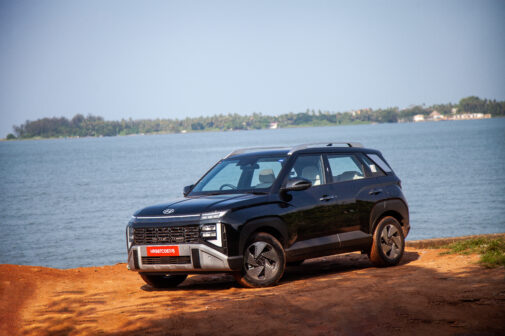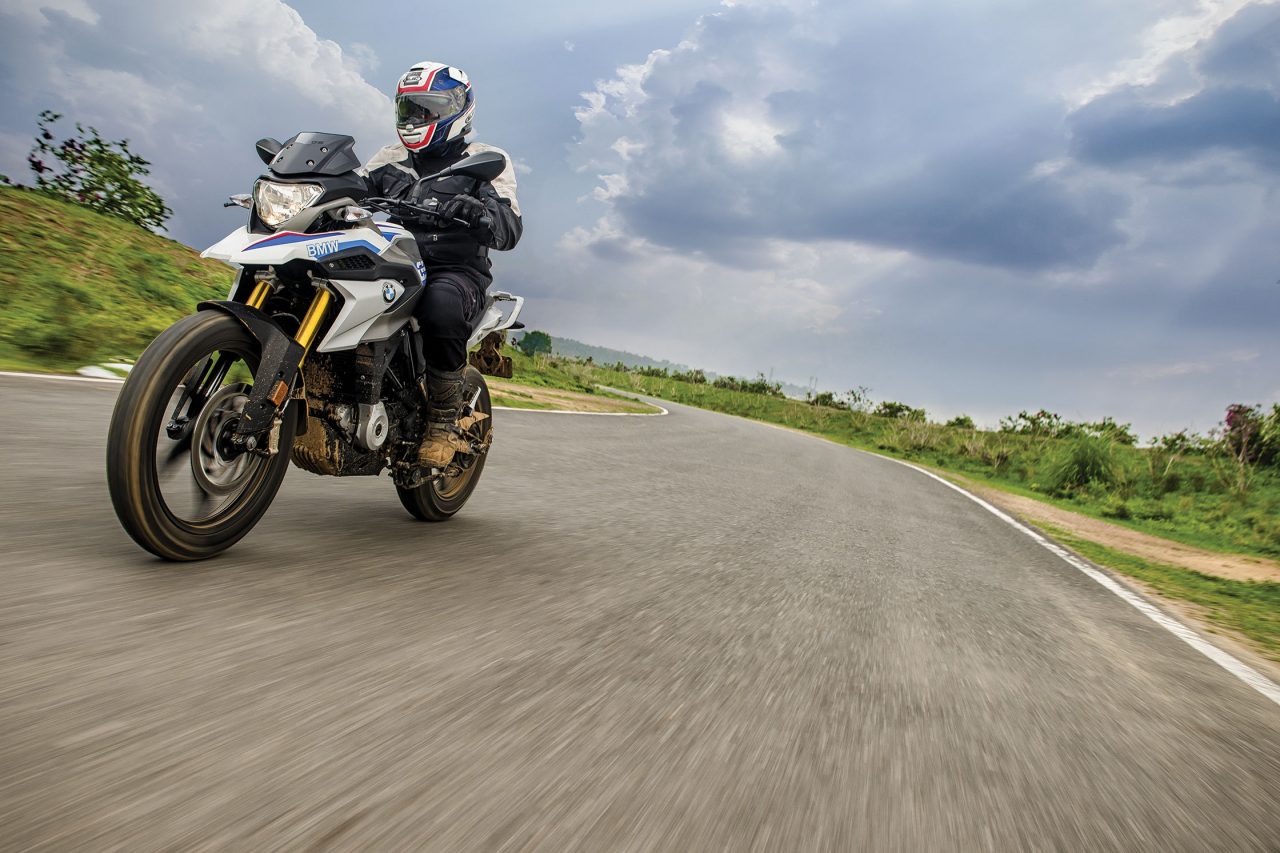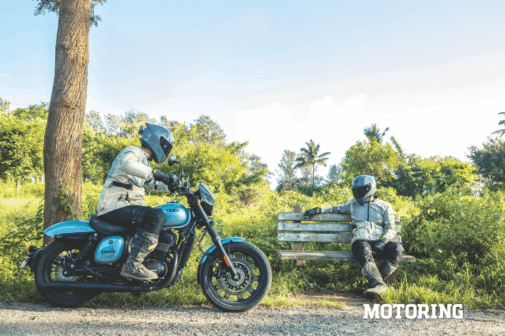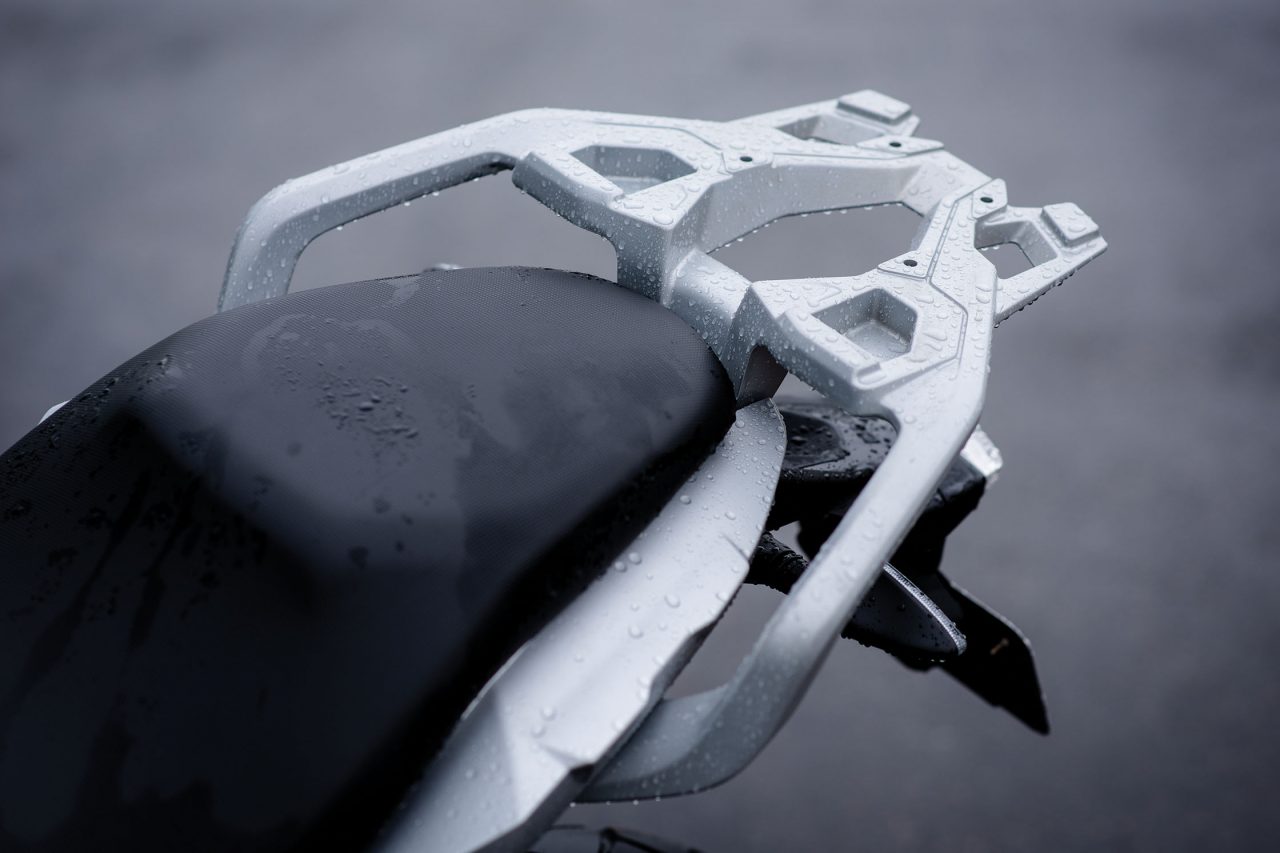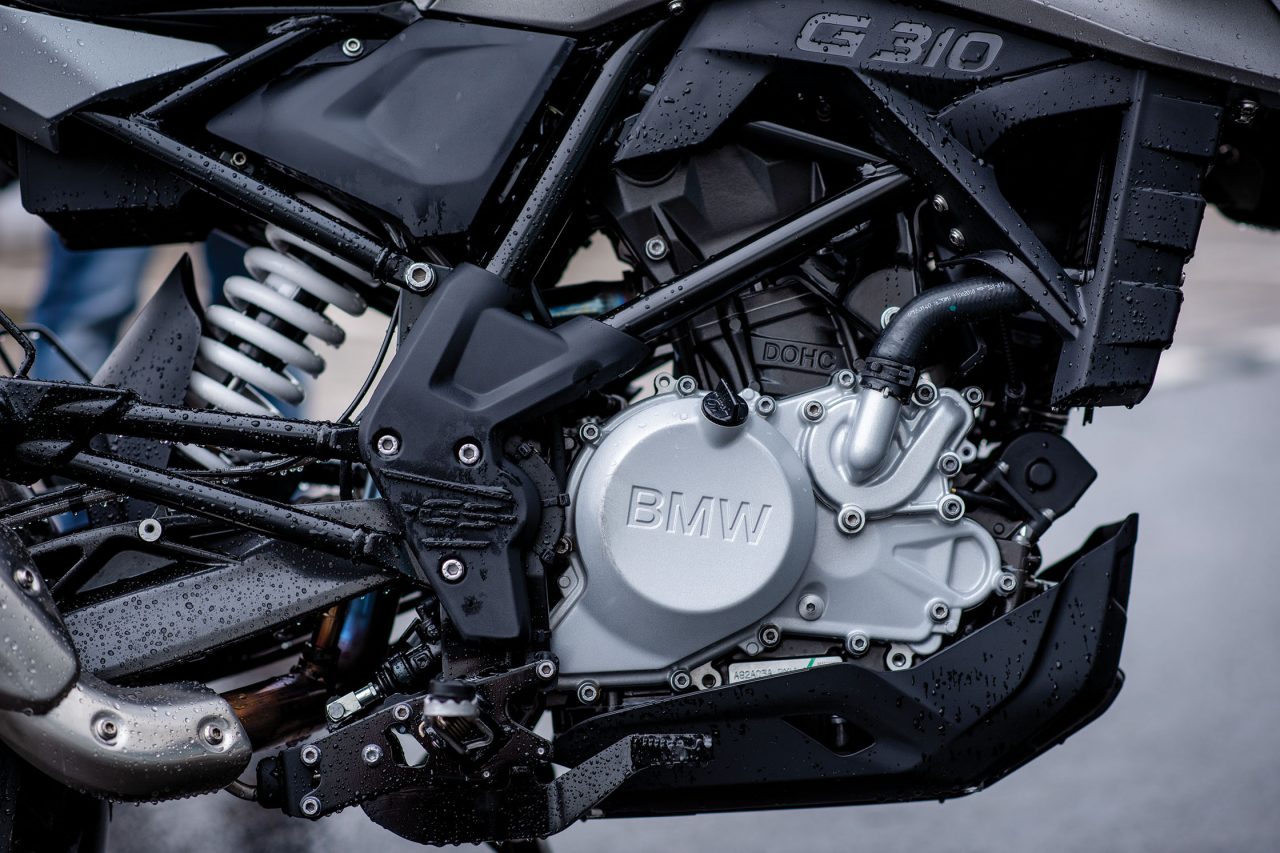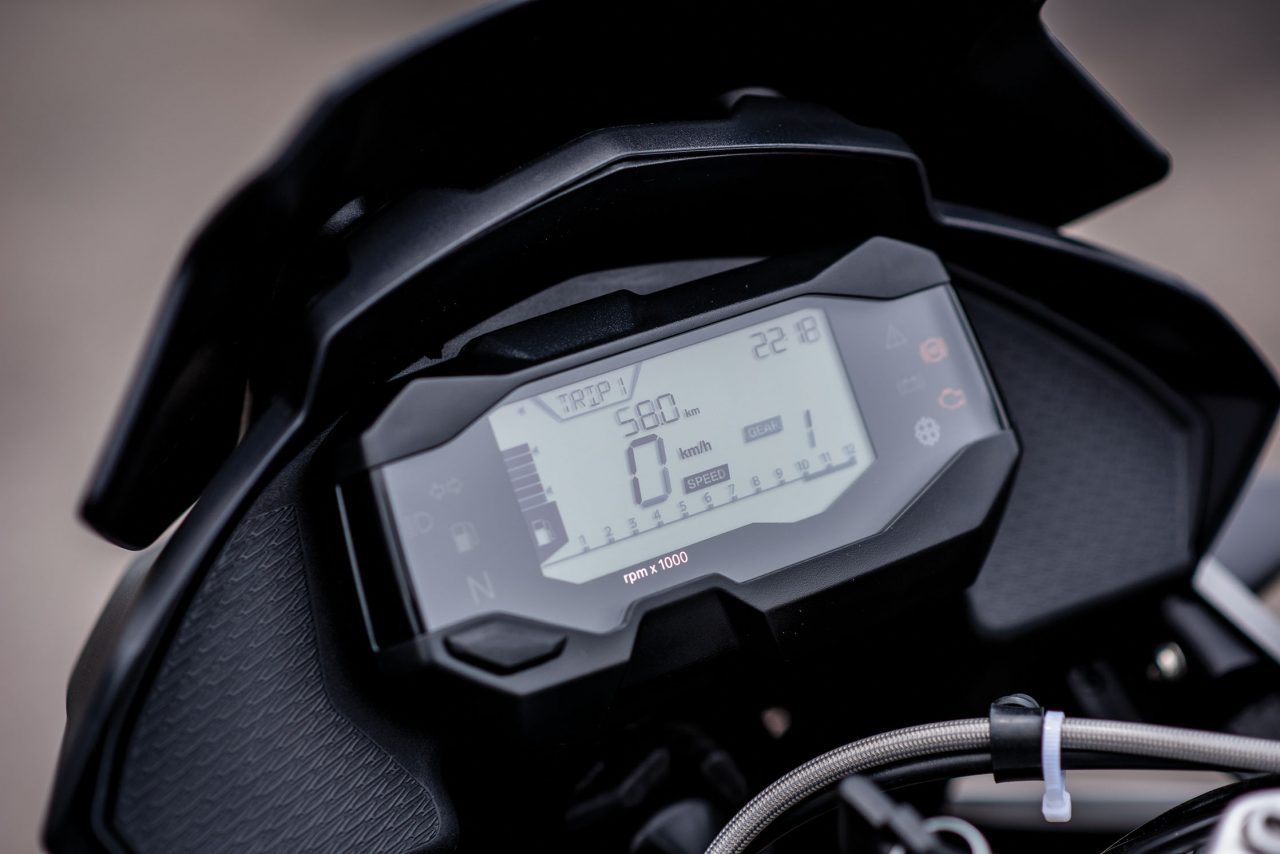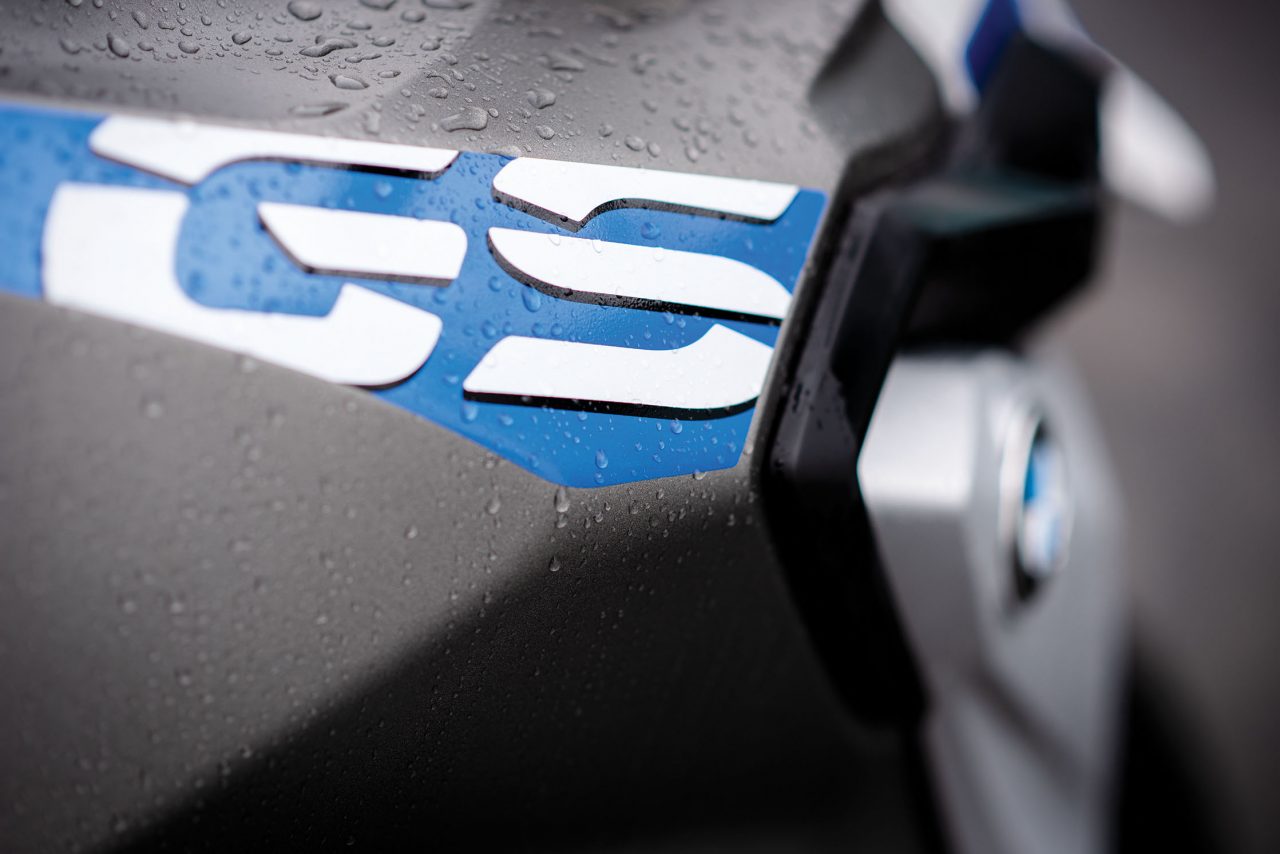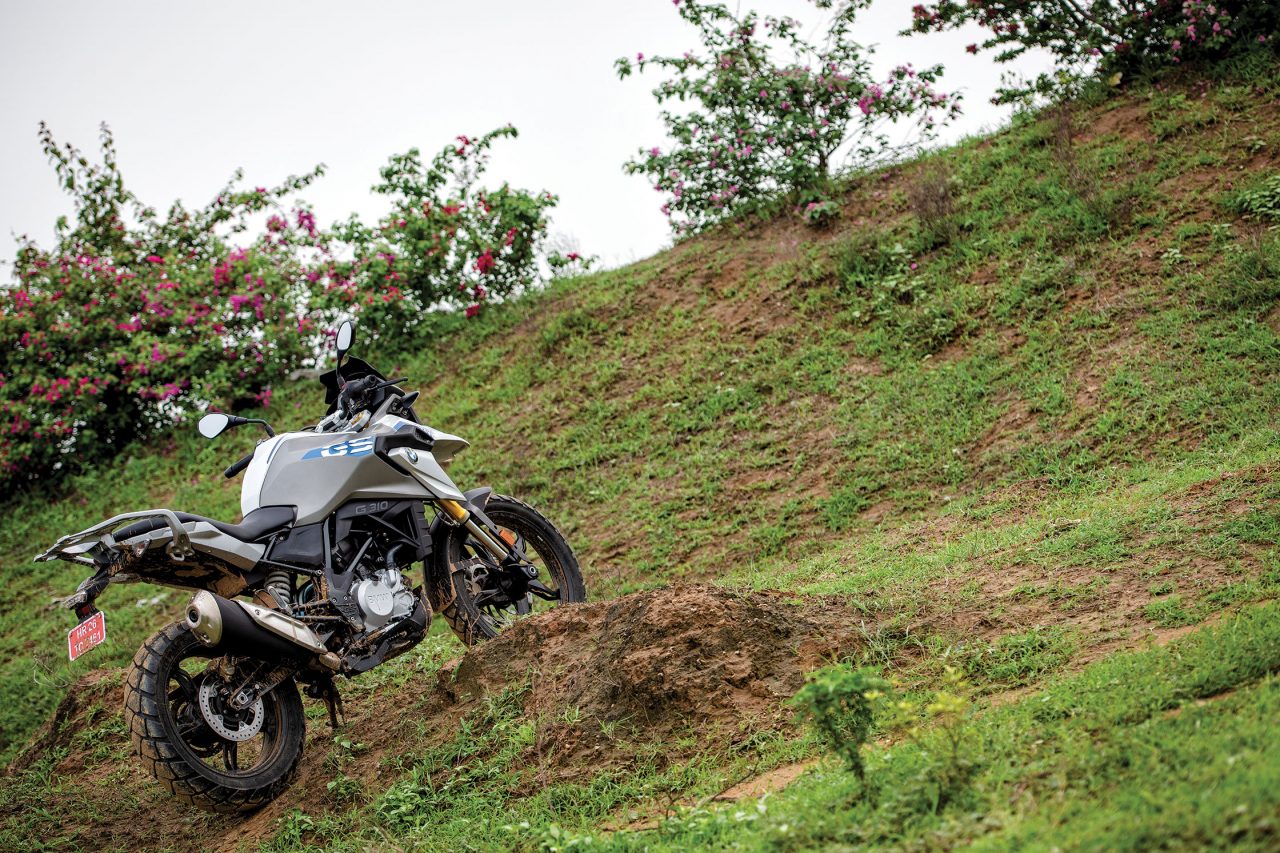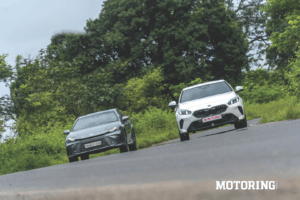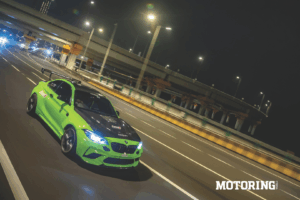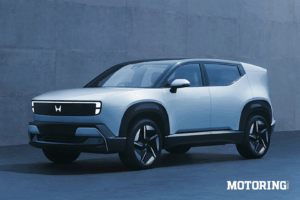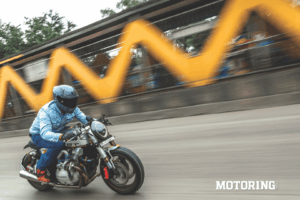Photographs by Aniruddh Kaushal
We get that off-roading has suddenly become all the rage amongst the Indian motorcycling fraternity. Who doesn’t want to kick up flamboyant rooster tails of dust or spend as much time airborne on a motorcycle as they do actually listening to their significant others? But how many among us have gone through the rigours of proper off-road training to properly harness the full plethora of what an off-road motorcycle has to offer? Let’s face it — very few among us can dedicate the proper amount of time and training required to even come close to the level of professional racers. And even then, riding a thoroughly off-road motorcycle on the road is going to make you want to stab the first person you meet when you get off the bike. The solution? Get yourself an ADV bike, look like the coolest, baddest cat on the block, and ride about 15 km of your 300-km weekend ride off-road; you know, because mud makes you look manly.
Unfortunately for us, most of the ADV bikes we’ve had to choose from boasted elephantine proportions and probably cost the same amount you’d pay for a small house some twenty-odd years ago. But that’s the price you have to pay when you simply cannot live without the bragging rights that come with owning a big ADV bike. Fast forward to 2018 and manufacturers have grasped what people want. Everybody’s scrambling to put forth smaller displacement ADV bikes because that’s what the enthusiast masses want. Heck, even I’ve harped on numerous times about the advantages of a lighter, more manageable ADV bike. Hero may have taken a dive with the Impulse at a time when the masses didn’t truly grasp just how good it was. But we still have the RE Himalayan and Kawasaki Versys-X 300 that have ADV styling, are capable of long-distance touring and a bit of light off-roading. The only issue is that the RE appears to be something that crawled out of Jurassic Park, and the Kawi, well let’s just say it’s a tad too expensive at a time when mid-displacement bikes are becoming ever more affordable.
Here’s where the G 310 GS steps into the picture. While we’re still twiddling our thumbs in anticipation of the KTM 390 Adventure hitting the market, BMW have finally stepped up to the plate and given us a smaller displacement ADV bike that’s absolutely swathed in legacy. I say this because not only does the G 310 GS bear a circular Bavarian badge that would have half the country drooling, it’s also the mini-me version of what has globally been described as the best ADV bike out there, the R 1200 GS. The beauty of all of this is how the designers back in Munich have managed to scale down this design language without seeming overly pretentious. The G 310 GS is just a lovely bike to look at. You can clearly tell it’s a part of the GS family the moment you get a look at that front beak.
It’s tall, has a nice muscular stance about it, and its ergonomics could have been borrowed from a sofa catalogue. Get aboard and the LCD speedometer has all the information you need in a rather simple and easy-to-access format. The suspension dips slightly with the riders weight, which is your first indicator that this bike is designed to tackle our horrendous road conditions. The tank’s got a nice muscular design that your knees lock into quite nicely. And the seating geometry is relaxed and upright, with a slightly low-set handlebar and ’pegs that sit under you. Some riders may find the seat a bit tall, but that’s the price you pay for good highway comfort and off-road capability. The tail end looks pretty unique, too, with a carrier attached to the grab rails, and a tail-light that sits right at the tip of the rear fender.
Since the G 310 GS has been in international markets for a while, you’re probably already familiar with its technical particulars. But just to summarise, it shares its chassis and engine platform with the sport inclined TVS Apache RR 310 and the naked BMW G 310 R. So that’s a reverse-inclined 313cc single-cylinder motor that’s good for a reasonable 33.5 bhp. But the most pressing matter is how this little pony is to ride. Well firstly, once you crank up the engine, the exhaust note isn’t all that impressive. I’d even take the risk of saying the Mahindra Mojo sounds closer to a BMW than this G 310 GS does. But get a move on and the engine’s linearity is the first thing you’ll notice, after stalling it a few times that is. If you’ve ridden the RR 310, then you know you really have to ride the clutch to prevent stalling; a bit cumbersome when you’re ambling through city traffic or in the midst of some slow crawls off-road. Like with the G 310 R, the GS is happiest in the mid and high range of the engine, which should be fine when you’re out on the highway. Obviously, this is something that owners will eventually get used to.
On the road, the GS feels comfortable and nimble, yet predictable. Even though there’s a slight bit of wobble in bumpy turns thanks to the softer setup, it’s all a very composed affair. The wide bars give you a decent amount of steering leverage, and the tight turning radius is a definite bonus. It’s impressive how well the bike leans into corners without much protest. Like with the R 1200 GS, you get the feeling the weight is toward the bottom of the bike. But like we’ve discussed numerous times, the big advantage you have off-road is its lighter weight. I had the opportunity to throw it through some slushy terrain, and while you do miss the grunt of bigger engines, everything you do requires so much less effort. Sure, there’s a few changes I’d make to the wheels, tyres, and engine tune if I intended to spend a bit of time off-road, but the G 310 GS has the potential to be a great dual-purpose bike. Otherwise, the Metzeler Tourance tyres and Bybre brakes are good enough to get you going before you feel like pushing the limit a little further. You may also feel the need for bar risers if you’re on the taller side and are going to be spending a decent amount of time standing and riding.
Another great feature the GS gets that the R doesn’t is switchable ABS; something you’re going to find quite useful when hitting the trails. The BMW G 310 GS is an excellent bike for what it’s intended to do. It’ll be a pleasure to ride in the twisties, and handles light off-roading reasonably well. Our little time spent riding the bike provided a great perspective on just how versatile the bike is. And BMW have managed to achieve fit and finish levels on this bike that could arguably be better than anything else in this price range. You are however looking at shelling out Rs 3.49 lakh (ex-showroom), which is a premium price for what this bike is. But if you’re looking at it as a stepping stone into the big leagues, or just want a bike that you can ride hard without it affecting the bike much, disappointment is not something that’ll be on the books with the G 310 GS.
MOTODATA
BMW G310GS
POWERTRAIN
Displacement: 313cc, single
Max power: 33.5 bhp@9500 rpm
Max torque: 2.86 kgm@7500 rpm
Transmission: 6-speed
CHASSIS
Type: Tubular steel
SUSPENSION
(F/R): 41mm USD / Monoshock
BRAKES
(F/R): 300mm single-disc / 240mm single-disc
TYRES
(F/R): 110/80 R19 / 150/70 R17
DIMENSIONS
L/W/H (mm): 2075/880/1230
Wheelbase: 1420 mm
Ground clearance: 180 mm
Seat height: 835 mm
Kerb weight: 169 kg
Fuel capacity: 12 litres
PRICE: Rs 3.49 lakh (ex-showroom)









